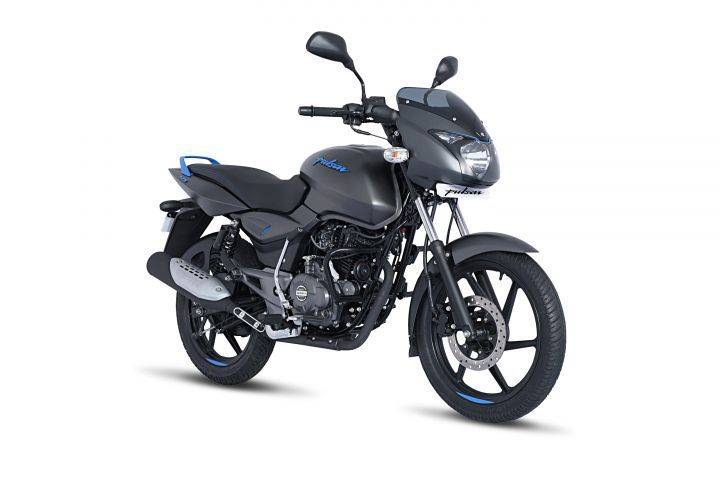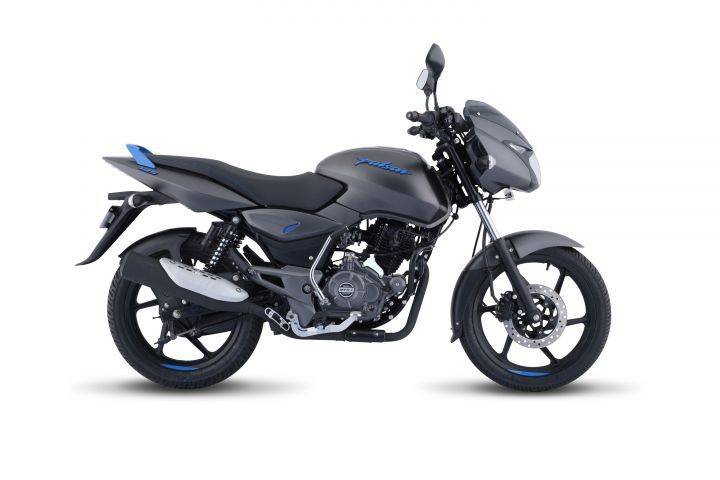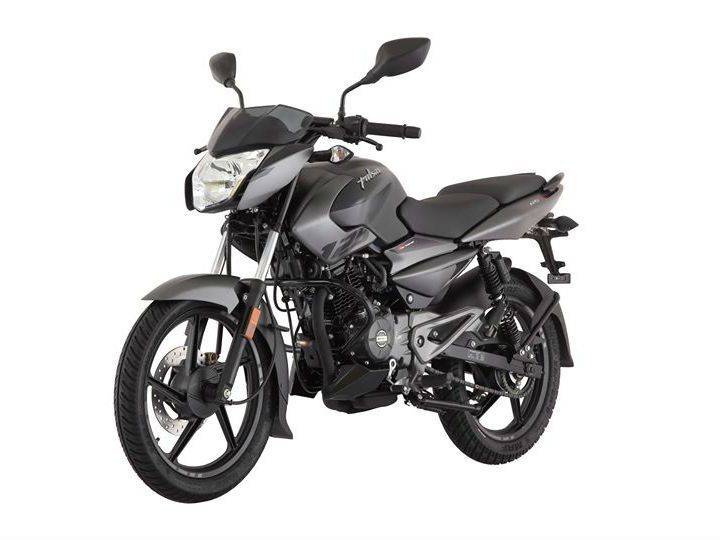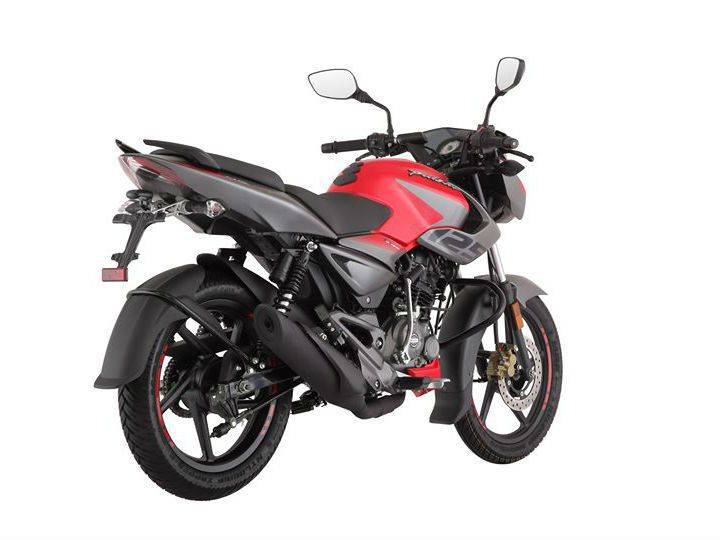Bajaj Pulsar 125 Neon vs Pulsar 135LS: Differences Explained

Last week, Bajaj launched its new entry-level motorcycle, the Pulsar 125 Neon, which draws its roots from the Pulsar range. The baby Pulsar fills the shoes of the discontinued 135LS. While the two bikes are significantly different in terms of styling, they share a small connection with each other. Here's a closer look at the differences between the new and old entry-level Pulsar.
Big bike looks:

Bajaj played it smart by introducing a small capacity motorcycle which imitates the look of a bigger, more muscular 150cc bike. Plus you get the same premium ‘Neon’ paint scheme that’s available on the Pulsar 150 - colour co-ordinated Pulsar logos and grab rails as well as neon coloured rim tapes. In comparison, the Pulsar 135LS looked sleeker and smaller. Bajaj’s ‘more is better’ approach also gets you a larger 11.5-litre fuel tank as opposed to the 8-litre tank on the 135LS. The Pulsar 125 may have a conventional design, but it manages to strike the right chord in every enthusiasts heart with its instantly recognisable styling.
Also Read: Bajaj Pulsar 125 Neon In Pictures
Still packs a punch!

The Pulsar 125’s smaller engine still cranks out some decent power figures. For instance, it generates 12PS of power at 8500rpm which is a stone’s throw away from the LS' output of 13.56PS at 9000rpm. Torque output, on the other hand, remains unchanged at 11Nm. Moreover, the baby Pulsar features a segment-first counterbalancer that should reduce engine vibes to an extent.
Also Read: Bajaj Pulsar 125 Vs Honda CB Shine SP: Spec Comparison
Form factor:

The Pulsar 125 may look bigger, but it’s actually 10mm narrower and gets a shorter wheelbase of 1320mm as against the 135LS, which measures in at 1325mm. In theory, the Pulsar 125 should be a better handler. However, it weighs 18kg heavier (140kg kerb) than the 135LS and sits 15mm taller. Dial in the fact that it produces less power, and the Pulsar 125 is bound to get off the line slower. Granted outright power isn’t its forte, but the baby Pulsar is likely to be more comfortable with its upright riding posture.
Also Read: Bajaj Pulsar 125 Neon vs Pulsar 150 Neon: Spec Comparison
Gets more equipment?

Both bikes employ a conventional telescopic fork and a twin gas-charged shock absorber setup at the rear. Its braking setup also remains unchanged with a single 240mm disc brake at the front and a 130mm rear drum unit. What’s different though is the fact that the Pulsar 125 Neon features a mechanical CBS setup in order to adhere with the strict safety norms laid down by the government. Basically, you’d have a wee bit more control over the brakes enabling you to stop more efficiently. The Pulsar’s wider 80/100-section front tyre should offer more stability compared to the 135LS’ 2.75-17 front tyre. The rear tyre remains unchanged at 100/90-17.
A more accessible package?

Despite facing inflation in the Indian two-wheeler market, Bajaj has managed to pack more equipment into the Pulsar 125 Neon (Rs 66,618 ex-showroom Delhi) which commands a premium of just Rs 6,400 over the discontinued Pulsar 135LS. It's safer, looks bigger, packs extra goodies and offers a premium feel compared to the Pulsar 135LS, making it a more accessible package overall. A reasonable trade-off for outright power, we’d say.



















